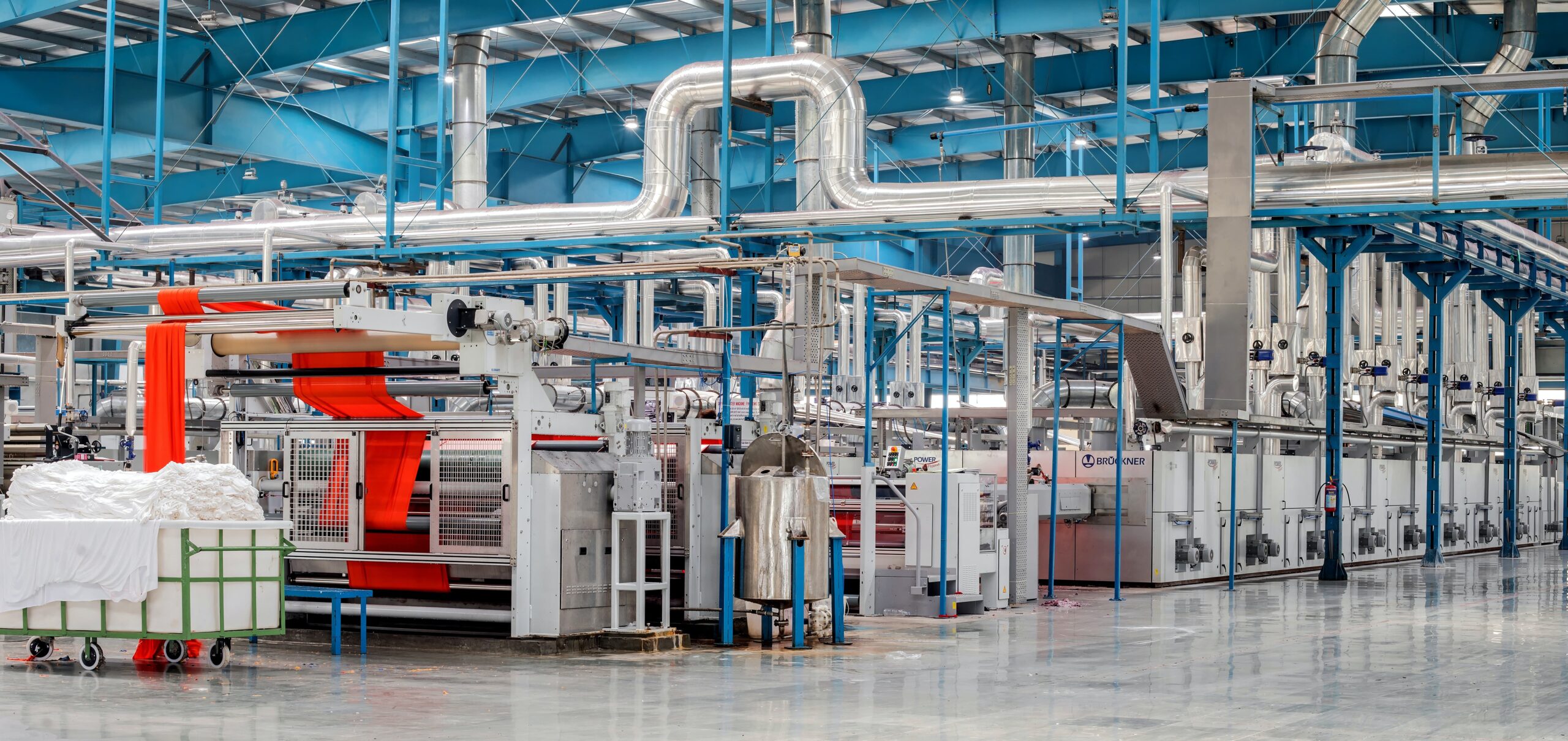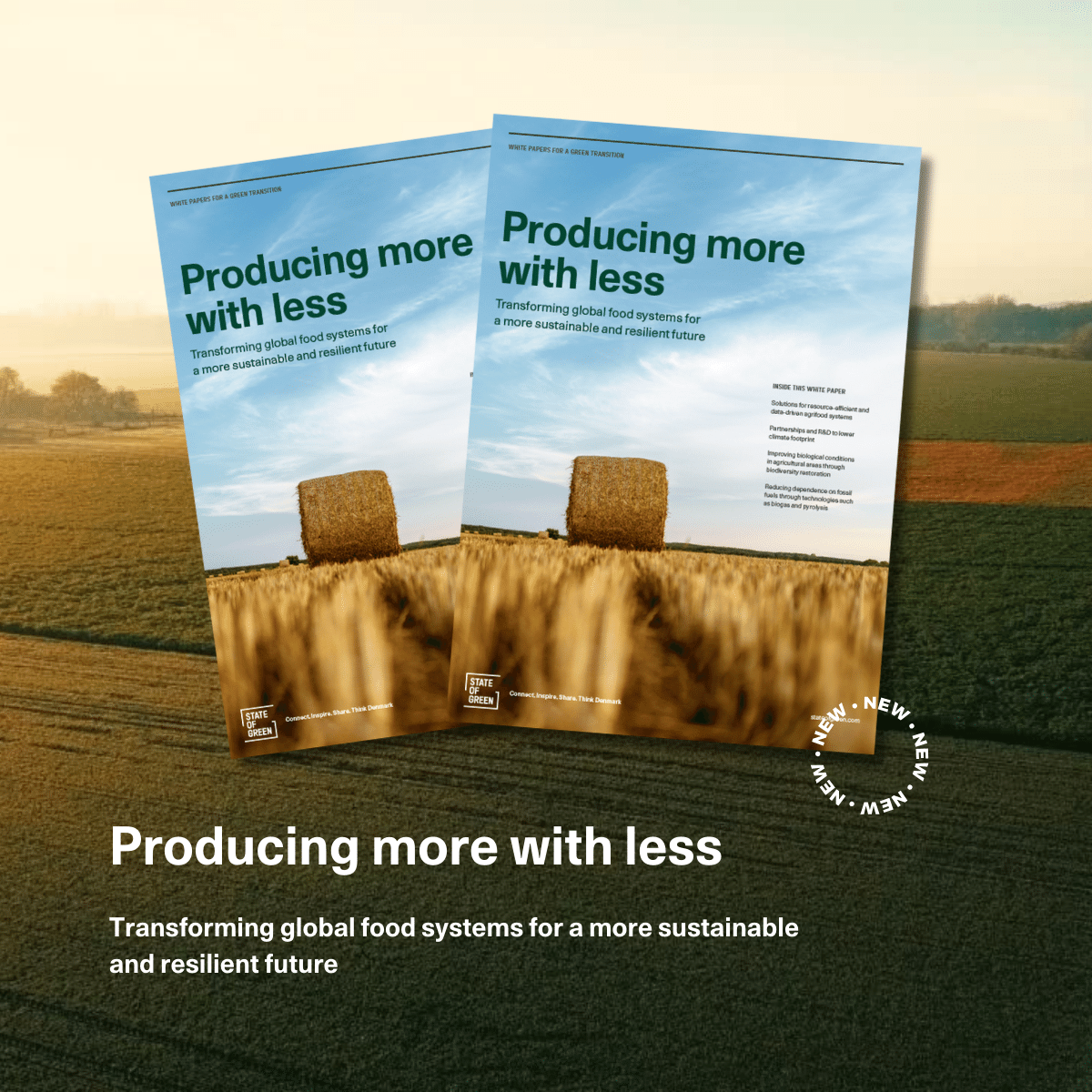Download our publication from producing more with less
Learn more from our white paper ‘Producing more with less’.
Download nowPerspective
Bioenergy
Energy efficiency in industry


Even though our own agricultural area is relatively modest, Danish food production feeds three times our own population. Today, the Danish food cluster accounts for more than 25 per cent of the total Danish export of goods and exports to more than 200 countries around the globe.
Denmark is the place to look to if you want to experience sustainable and environmentally friendly food production. When doing business with the Danish food industry, you will find a wealth of experience and knowhow within resource efficiency and discover how to produce more with less – while actually saving money. Throughout the Danish food production chain, you can find innovative, new solutions for a world that soon has to feed nine billion people. Dating back to the 1960s, Danish food production has long been known for making products with minimal pollution, high resource efficiency and a small carbon footprint. This is something Denmark constantly strives to do better. Since 1990, the Danish agricultural sector has succeeded in increasing output and reducing pollution.

Learn more from our white paper ‘Producing more with less’.
Download nowFood producers have continuously optimised production processes; investing in new production equipment that makes it possible to consume less water and energy, thus saving money in the long-term. Actions such as these have made Denmark frontrunners in the European Union (EU) in various studies on sustainable production. Denmark has the lowest ammonia emission levels in the EU; Danish milk, meat and egg producers are more resource efficient than other EU countries and the Danish retail market has the largest number of organic products on the shelves in the world.
Denmark’s unique market position as one the greenest food producers comes from the high level of collaboration that takes place at every step of the value chain. Farmers harvest their products in the most sustainable way, small-scale fisheries cooperate with companies to source fish from shallow waters, thus leaving the seabed untouched and using less fuel, which results in fish that is fresher. The transportation of goods is via HGVs (Heavy
Goods Vehicles) that are required by law to drive with particle filters, thus reducing pollution – and even supermarkets have developed new, innovative ways of cutting down on energy usage when cooling dairy products. Altogether, this means that when you buy Danish food products, every possible action has been taken to reduce the load on the planet.
publications
Resource efficient production
+15
News
Energy efficiency in industry
+3
solutions
Energy efficiency in industry